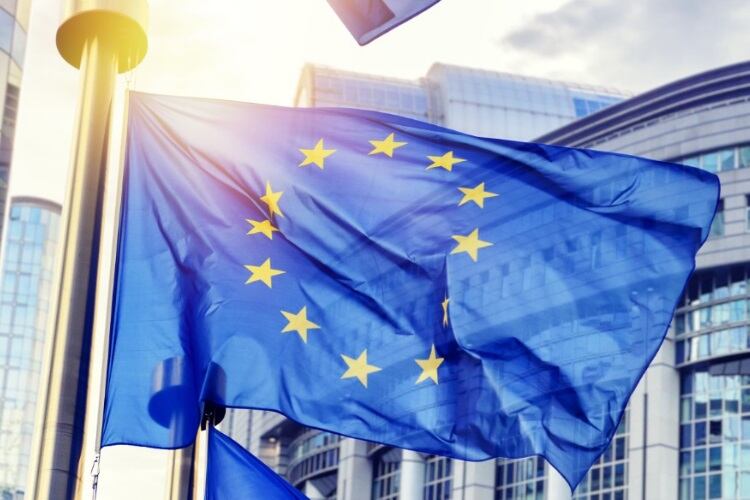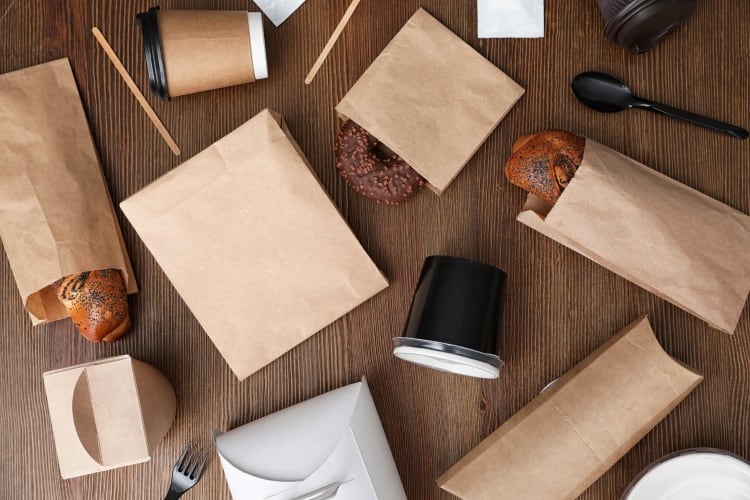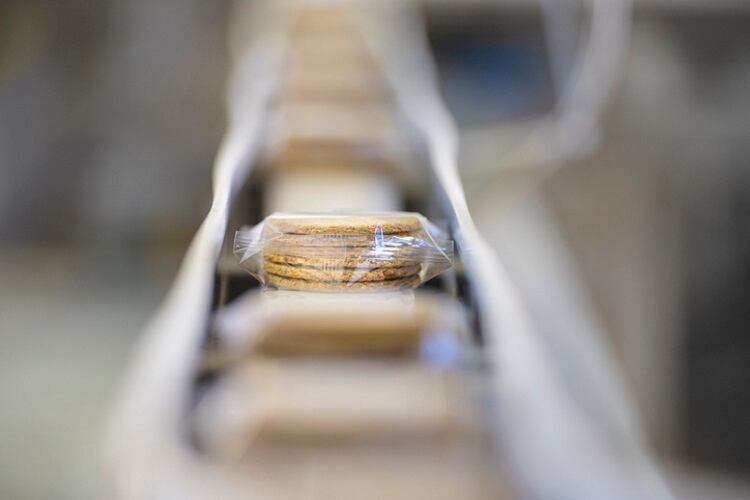On 30 November 2022, the European Commission released its final proposal for an updated packaging and packaging waste regulation (PPWD), amending the European Union’s (EU) 2019/2020 regulation and 2019 directive.
If adopted, the proposed revision will expedite the EU’s goal to make all packaging reusable or recyclable by 2030 and strive to help it reach net-zero carbon emissions by 2050.
Differing regulatory approaches across Member States create challenges for countries within Europe to harmonise packaging and waste, preventing it from ‘fully functioning’, according to the PPWD proposal. Disparate systems and subsequent variations between labelling, supply chain management and data reporting, for example, can prove challenging.
These variations pertain to prevalent and far-reaching issues such as packaging labelling requirements, defining recyclable or reusable packaging, modulating extended producer responsibility (EPR) fees and marketing limitations on specific packaging formats.
To ensure the effectiveness and adequate enforcement of EU packaging and waste rules, the updated regulation strives to better reflect the market’s needs and the wider environment. Concerns about the impact of packaging on the environment continue to drive these discussions. Packaging is one of the main users of virgin materials, with 40% of plastics and 50% of paper designated for packaging in the EU. Furthermore, packaging itself accounts for 36% of municipal solid waste.
The case for tackling packaging and waste
The leading influences impacting packaging in Europe today are housed in the European Commission’s Impact Assessment, published alongside its regulatory proposal on packaging and packaging waste.
In today’s economy, packaging is highlighted as a significant economic activity. In 2018, packaging manufacturing in the EU created a turnover of €355bn. Operators in waste management generated a turnover of €15bn.
Widespread calls for action to limit the environmental burden are underway. The Commission recognises that key issues remain, despite earlier regulations and directives, and seeks to repeal Directive 94/62/EC. Poor implementation, poor enforcement, a failure to stay up-to-date with market developments and a lack of clarity about performance have led to what the Commission recognises are the ‘regulatory failures’ of the current PPWD.
“The regulatory failure is aggravated by market failures, such as environmental externalities, fragmented markets and poorly performing labelling,” the Commission states in its Impact Assessment.
Furthermore, resource overexploitation, ecosystem pollution and greenhouse gas emissions equivalent to Hungary’s total emissions have led the Commission to address the stark and unresolved issue of packaging and waste.
According to the Impact Assessment, interconnected problems with packaging and waste persist, inhibiting the effectiveness of the EU’s current legislation. The congruence of a growing generation of packaging waste, barriers to packaging circularity and downcycling – when recycling creates a resulting product of lower value than the original item – continue to disrupt Europe’s plan to lower the burden of plastic packaging and its waste and achieve circularity.
Additionally, revisions in 2018 only focused on recycling targets and failed to consider other issues affecting waste. Although further recent specific acts – including the Single-Use Plastic Directive (SUPD) in 2019 and Own Resource Decision (ORD) in 2020 – have come into effect and had plastic packaging within their scope, they still need to overcome these issues.
The failure to tackle plastic packaging and waste has led to increasing waste. Forecasts indicate that total packaging waste generated is expected to rise from 78 million tonnes in 2018 to 92 million tonnes in 2030 and 107 million tonnes in 2040.
Waste of this growing magnitude causes a widespread detrimental ripple effect. These relate to the increased use of non-renewable resources, inefficient waste management, negative climate impacts, littering, overuse of substances of concern, low-quality recycling and excessive landfill, incineration and export at the end of life.
A new way to do packaging

Bakery and snack manufacturers will be mainly concerned with the new EU packaging requirements regarding recyclability, recycled content in plastic packaging and the new labelling rules.
The proposal is now with the co-legislators, the European Parliament and the Council, who will need to adopt it. After adoption and entry into force, most new rules would apply after one year, ‘so they will not be applicable in 2023’, confirms the Commssion.
“Over the past decade, there has been an emphasis on increasing the quantity of recycled content in beverage containers, particularly rPET, into soft drinks,” said Andrew McCaffery, Global EPR Director at UK environmental consultant Ecoveritas.
Through research, the figure has slowly risen from 10% recycled content to nearly 100% in some bottles. Commenting on what this means in terms of beverages, McCaffery said, “Most beverage bottles placed on the market will not be impacted by either the UK Plastic tax or the proposed new European legislation.”
However, while the impact of packaging in the drinks industry has been gathering pace, it has been slower in the bakery and snacks sector.
Added McCaffery, “The same emphasis in getting recycled content into other plastic food contact non-bottle formats, pots, tubs, trays and films (polytrimethylene terephthalate PTTs) has not occurred.”
Limited action has been down to several reasons, including legislation, technical issues and lack of supply of secondary raw material/ For example, while the collection infrastructure has been well established for PET bottles, many countries still need a mature collection system for PPTs.
“This puts manufacturers of PTTs and film at an unfair disadvantage in terms of increased costs from plastic taxes,” he noted.
Many have argued that governments and EPR systems’ subsidised bottle collections in the past decade suggest that now is the time to support PTT collection rather than penalise the manufacturers, contented McCaffery. However, there are wider issues that relate to manufacturing that need to be resolved.
“There is still the technical challenge of having recycled content in the food contact packaging and for it not to impact on performance,” he said.
“This should be the focus of the food industry over the next few years.”
The road to better packaging and waste management
In December 2020, the European Council accepted the Commission’s aim to secure a landscape where all packaging is reusable or recyclable in an economically feasible way by 2030. Additionally, it conveyed its intentions to lower packaging, over-packaging and therefore, packaging waste.
In a further move that puts packaging at the top of the agenda, a new circular economy action plan released in February 2021, emphasised this objective and asked the Commission to present a legislative proposal that covers reduction measures and target requirements.
Currently, the increased use of packaging materials alongside the low levels of recycling and reuse within Europe hinder the market’s ability to develop a carbon-conscious circular economy. In looking to the Commission for clear legislation on packaging and waste, the plan calls for ambitious requirements for excessive packaging and measures to improve recyclability and keep certain packaging factors to a minimum. Key areas and actions include the complexity of packaging, increasing recycled content, phasing-out hazardous and harmful substances and promoting reuse without compromising food safety and hygiene standards.
The EU’s move to strengthen and consolidate the law on packaging and waste sits alongside broader global initiatives. In March 2022, the United Nations (UN) Environmental Assembly advanced efforts to create a global plastics treaty. The resolution initiates the intergovernmental negotiation process for a global plastic treaty to contribute to achieving a circular economy.
In April 2022, the World Business Council for Sustainable Development introduced its SPHERE packaging framework to tackle packaging waste mismanagement.
Despite moves to strengthen packaging initiatives and waste management, a lack of clarity as to when deposit return schemes (DRSs) will arrive and amendments to the Extended Producer Responsibility (EPR) for packaging in the UK will come into force, is an example of a current issue creating uncertainty.
Added Kathy Illingworth, head of Sustainability Consulting, Ecoveritas, “it is likely [the UK’s] labelling, eco-modulation, fees, compliance points and registration processes will vary from the rest of the EU,” which creates complications for global companies operating in the country.
Meeting EU packaging needs

Despite the implementation looking more likely to take shape in 2024, bakery and snack producers will need to look ahead and start considering their development plans. Where possible, others may choose to voluntarily implement new procedures before the new rules come into force.
“The proposal is technology-neutral and creates a level playing field for innovative solutions in packaging and its fate until the end of life,” says the Commission.
“But producers and recyclers would be better placed to give you a sense of what is in their innovation pipeline.”
Added Illingworth, “It seems like the EU is moving in the right direction, but how achievable these targets and requirements will be and the full impact they will have on producers is debatable.”
A planned review in 2027 offers hope of aligning with producers where harmonisation and environmental improvements are present. The challenge now is to ensure clarity and certainty on requirements to enable manufacturers to implement the changes required to reflect environmental needs and satisfy the law.




